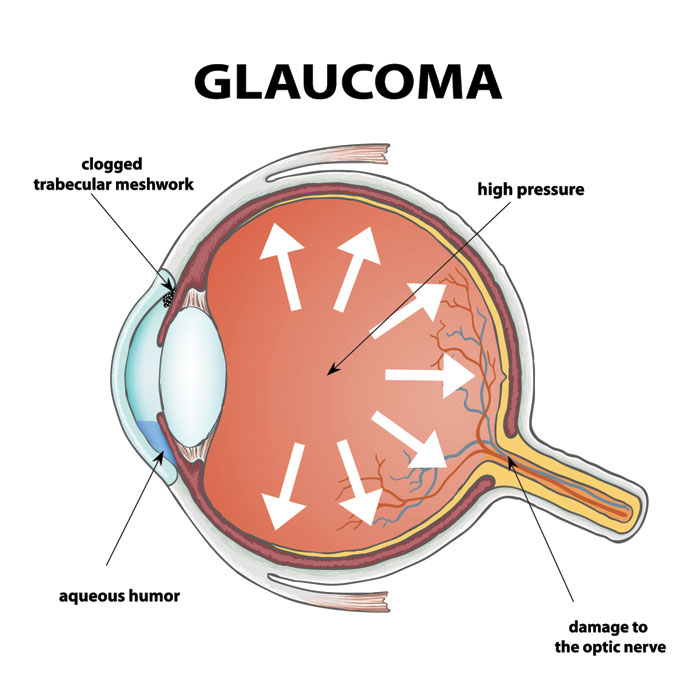Ocular Hypertension: A Complete Guide
1. Introduction
Ocular hypertension—a common eye condition characterized by increased intraocular pressure (IOP)—can lead to glaucoma if left unchecked. This condition often lacks symptoms, which makes regular eye exams essential for early detection and safeguarding vision.
2. What Causes Ocular Hypertension?
The exact cause of ocular hypertension remains unclear, but here are well-documented contributing factors:
An imbalance between aqueous humor production and drainage, leading to elevated eye pressure.
Risk factors include aging, genetics, diabetes, and hypertension.
Use of steroids or certain medications can elevate IOP.
3. Why Ocular Hypertension Is Often “Silent”
Ocular hypertension typically causes no noticeable symptoms, making it easy to overlook. Some rare presentations may include:
Blurred or tunneled vision
Severe headaches
Yet, these symptoms are uncommon. Most cases are only discovered during routine exams.
4. How Is Ocular Hypertension Diagnosed?
An eye-care specialist uses several key assessments:
Tonometry to measure IOP (pressure above ~21 mm Hg suggests hypertension).
Gonioscopy evaluates the drainage angle’s openness.
Optic nerve imaging (OCT or HRT) and visual field testing check for glaucoma signs.
Pachymetry measures corneal thickness for more accurate IOP readings.
5. Treatment Options for Ocular Hypertension
5a. Medication (Eye Drops)
First-line treatment: Prostaglandin analogues (e.g., latanoprost) enhance fluid outflow.
Other options include beta-blockers, alpha agonists, carbonic anhydrase inhibitors, and Rho-kinase inhibitors.
Studies show topical treatments can reduce glaucoma risk by 50–60%.
5b. Laser and Surgical Procedures
Used when medications are insufficient:
Selective Laser Trabeculoplasty (SLT) or Argon Laser Trabeculoplasty (ALT) improve drainage via laser.
Traditional surgery is considered only if disease progresses.
6. Pros and Cons of Each Treatment
| Treatment | Advantages | Drawbacks |
|---|---|---|
| Eye drops | Non-invasive, effective, widely available | Possible side effects (e.g., redness, pulse changes) |
| Laser surgery (SLT/ALT) | Long-lasting effect, reduces drop dependency | May wear off; may cause IOP spikes or irritation |
| Traditional surgery | Effective in advanced cases | Risks: infection, bleeding, potential vision loss |
7. Lifestyle Tips & Precautions
While certain risk factors can’t be changed, healthy habits can help delay progression:
Regular eye exams are critical for early detection.
Protect your eyes from injury and avoid smoking.
Maintain a healthy lifestyle: eat antioxidant-rich foods, manage systemic health conditions, and limit prolonged screen time.
8. Conclusion
Ocular hypertension silently raises the risk of glaucoma due to elevated IOP—often with no symptoms. Early detection, regular monitoring, and personalized treatment (including medications or laser surgery) are essential to protect vision.
Remember: Routine eye exams can be lifesavers. Act now—before it’s too late.




